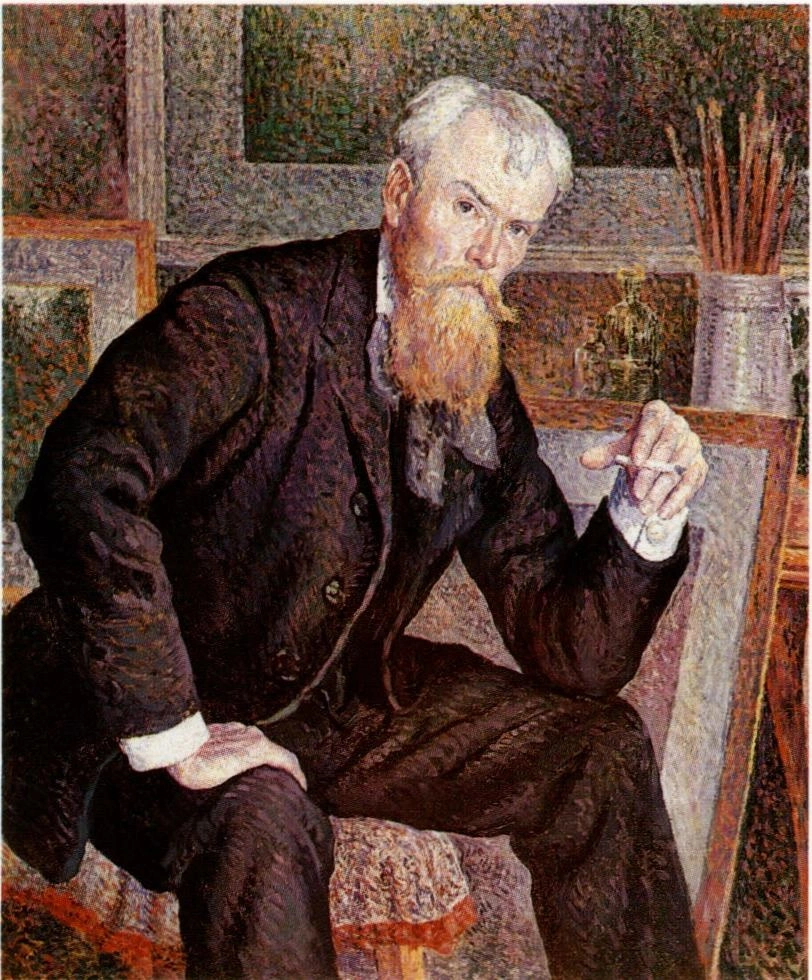Cross
Publié le 22/02/2012

Extrait du document

A Roman instrument of torture that
became one of the main symbols of CHRISTIANITY.
Pre-Christian religions used the form of the cross—
two lines that intersect—in many ways. Two examples
are the ankh, an ancient Egyptian symbol of
life, and the swastika, a symbol of well-being in
ancient India. But the cross takes on special meaning
in Christianity because it was the instrument
on and by which JESUS died.
For its fi rst 300 years, Christianity was illegal,
and Christians were reluctant to use the cross as
a symbol. But in 313 Emperor Constantine won
an important battle after seeing a cross in the sky and hearing the words, "In this sign you will conquer."
He removed the restrictions against practicing
Christianity, and Christians used the cross
widely for decorative purposes. At fi rst Christians
depicted bare crosses. Eventually artists also portrayed
Jesus suffering on the cross, sometimes in
graphic detail.
The symbol of the cross has played an important
role in Christian RITUAL. Cross-bearers have led
processions, perhaps at fi rst in imitation of processions
put on for the rulers. Christians have marked
out a cross as they prayed by touching their forehead,
their heart, and their shoulders. In 326 Constantine's
mother, Helena, claimed to have discovered
remains of the actual cross on which Jesus
was crucifi ed. Christians have used these remains,
and others, as relics to help them WORSHIP, especially
in the Middle Ages.
The symbol of the cross has also been important
socially and intellectually. The CRUSADES got
their name from the red crosses that the crusaders
wore emblazoned on their shirts. Many theologians
have used the cross to guide their refl ections. An
ancient theologian, Justin Martyr (c. 100–c. 165),
saw the cross in every tool necessary for human
survival. Others have seen in the cross a symbol
of GOD's domination over the entire universe. The
sufferings and death of Jesus stand at the center
of Martin LUTHER's thought. Therefore, many have
called it a "THEOLOGY of the cross."
Not all Christians, however, have used visible
representations of the cross. Churches infl uenced
by the thought of John CALVIN have not traditionally
displayed crosses or crucifi xes. Crosses were
thought to violate the restrictions against worshipping
images. In the 20th century many, but not all,
Calvinist churches abandoned this restriction. They
now use crosses the way other Christians do.
Liens utiles
- Henri-Edmond CROSS : LES CYPRÈS À CAGNES
- Henri-Edmond CROSS : LA MER CLAPOTANTE
- Henri-Edmond CROSS: LE BOIS
- Henri-Edmond CROSS: PAYSAGE MARITIME
- Henri-Edmond CROSS : APRÈS-MIDI A PARDIGON



